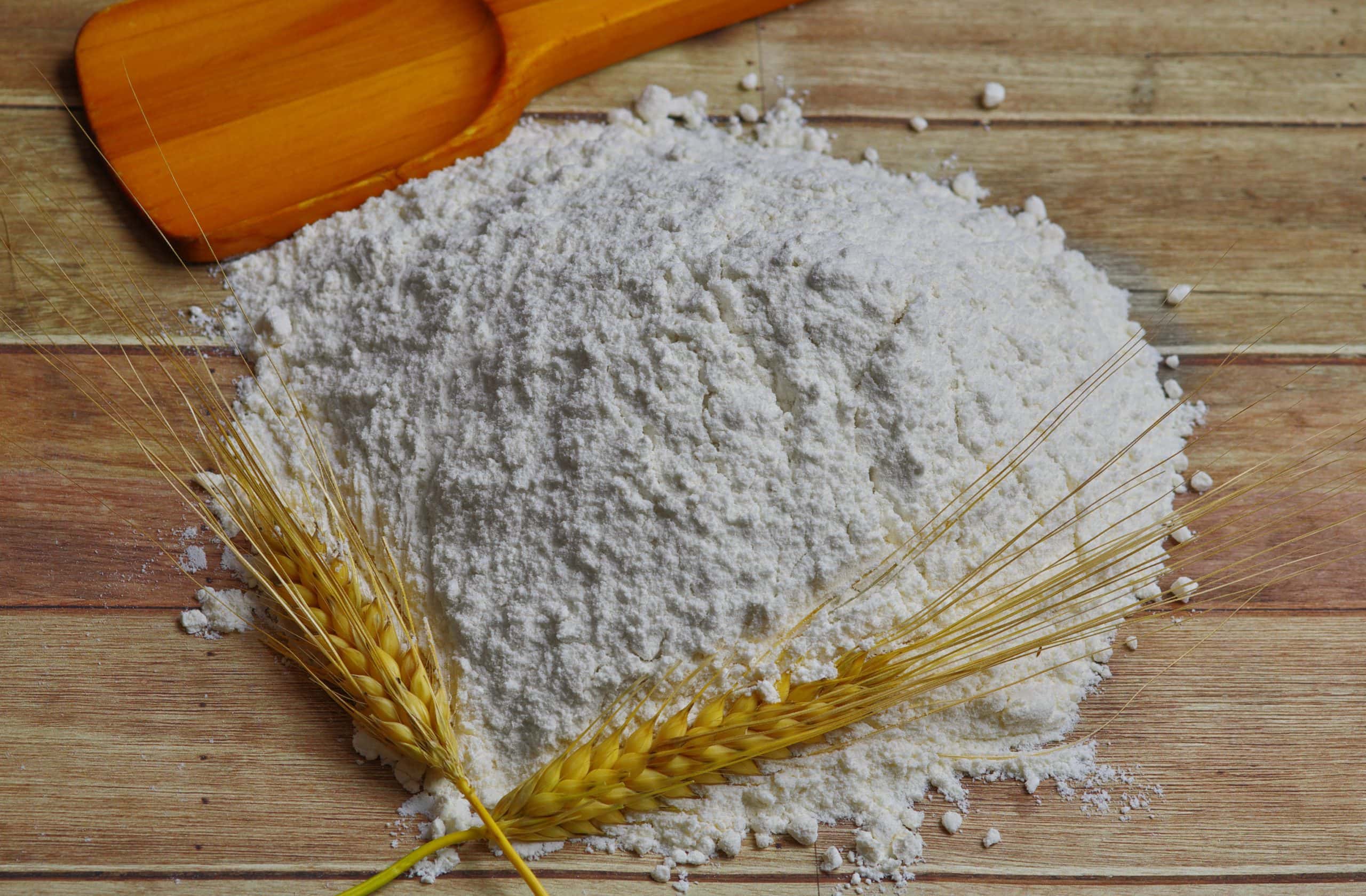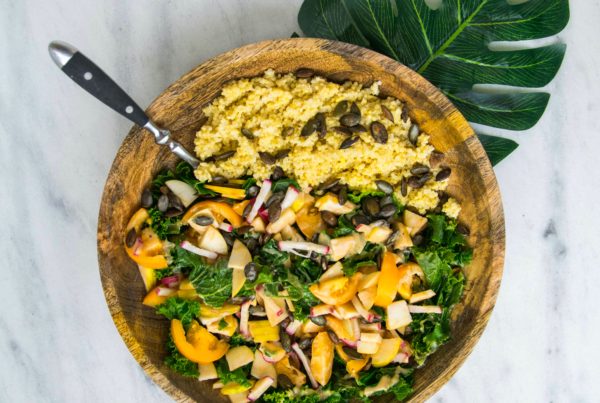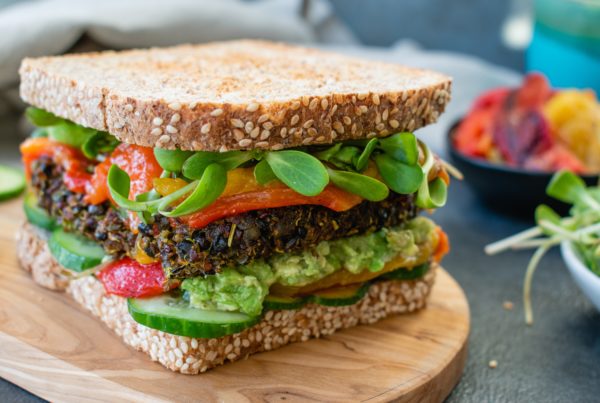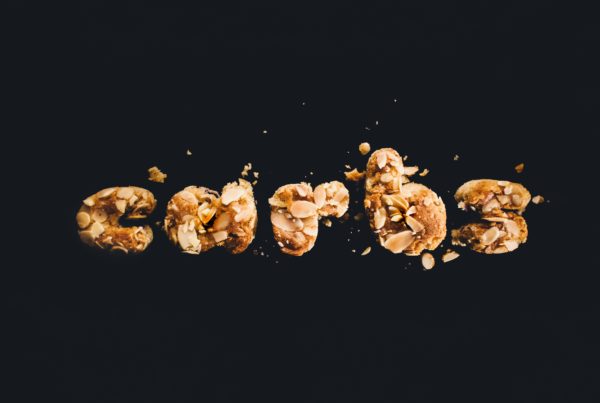Starch is a popular term used in cooking but what exactly is it?
Starch is a storage molecule for glucose in plants while granules are the layers in starch molecules. There are mainly two sources of starch: grain starches and tuber/root starches.
- Grain starches, such as wheat flour, corn starch, and rice starch, have medium granules and thicken quickly due to a higher gelation temperature. Wheat flours contain approximately 75% starch and 10% protein. It is a less efficient thickener as it requires around 1.5x more flour than other starches like corn or potato. They are also not ideal for individuals with gluten intolerance. Corn starch is pure starch and is a more efficient thickener, and is naturally gluten-free. Rice starch has the smallest granule and produces a fine texture in the early stages.
- Tuber/root starches, such as potato, tapioca, and arrowroot starches, have larger granules, so they retain more water and cook faster. They contain fewer proteins and lipids compared to grain starches, so they are readily gelated and have fewer flavours. Potato starch has long amylose molecules which contribute to its stringiness. It also has large granules so there is a noticeable graininess. It is the best initial thickening powder as the large granules block movement, amylose is readily tangled, and eventually becomes fine and thin. Tapioca starch is derived from the cassava plant. It is mostly used in puddings, as well as the pearls in the increasingly popular bubble tea.
Different starches also have different digestibility. For example, resistant starch like fibre is less digestible and mostly remains intact in our GI tract to be utilized by bacteria in our colon. Since our body does not break down or absorb fibre, it doesn’t cause a spike in blood sugar the way other carbohydrates can.
Now that you know all about starch, what is the relationship between starch and cooking?
In cooking, starches could play various roles like thickening, stabilization, and gel formation.
Swelling starch granules increase viscosity which contributes to the thickening of foods and has little impact on the flavour of the food product.
To contribute to stabilization, it requires retrograded starch to form a strong crystalline network and water bound to starch which lengthens the shelf life (e.g. parboiled rice). Their stable matrix also aids in emulsification.
Starches also contribute to gel formation. Gel is a dispersion of water within a continuous matrix of polysaccharides (starch gels) or gelatin gels (proteins). Heat and water gelate starch granules, but lipids inhibit gel formation.
So depending on what you want in your cooking, try different types of starches to get to your goal!
Blog post reviewed by Annie Tsang, RD.



